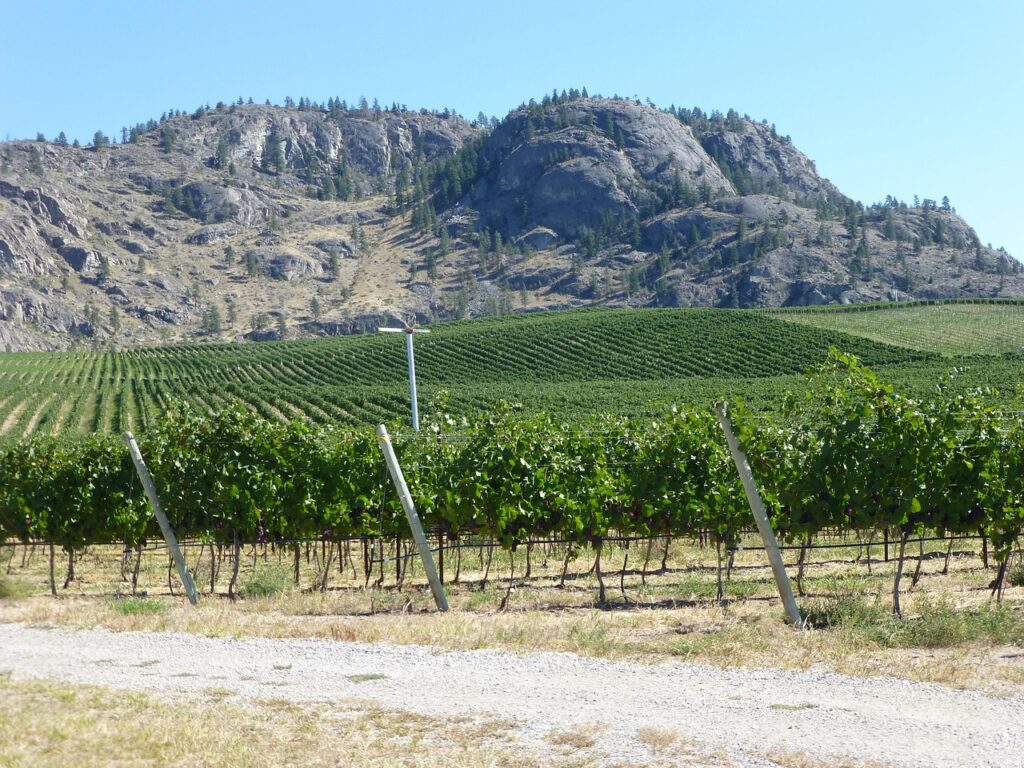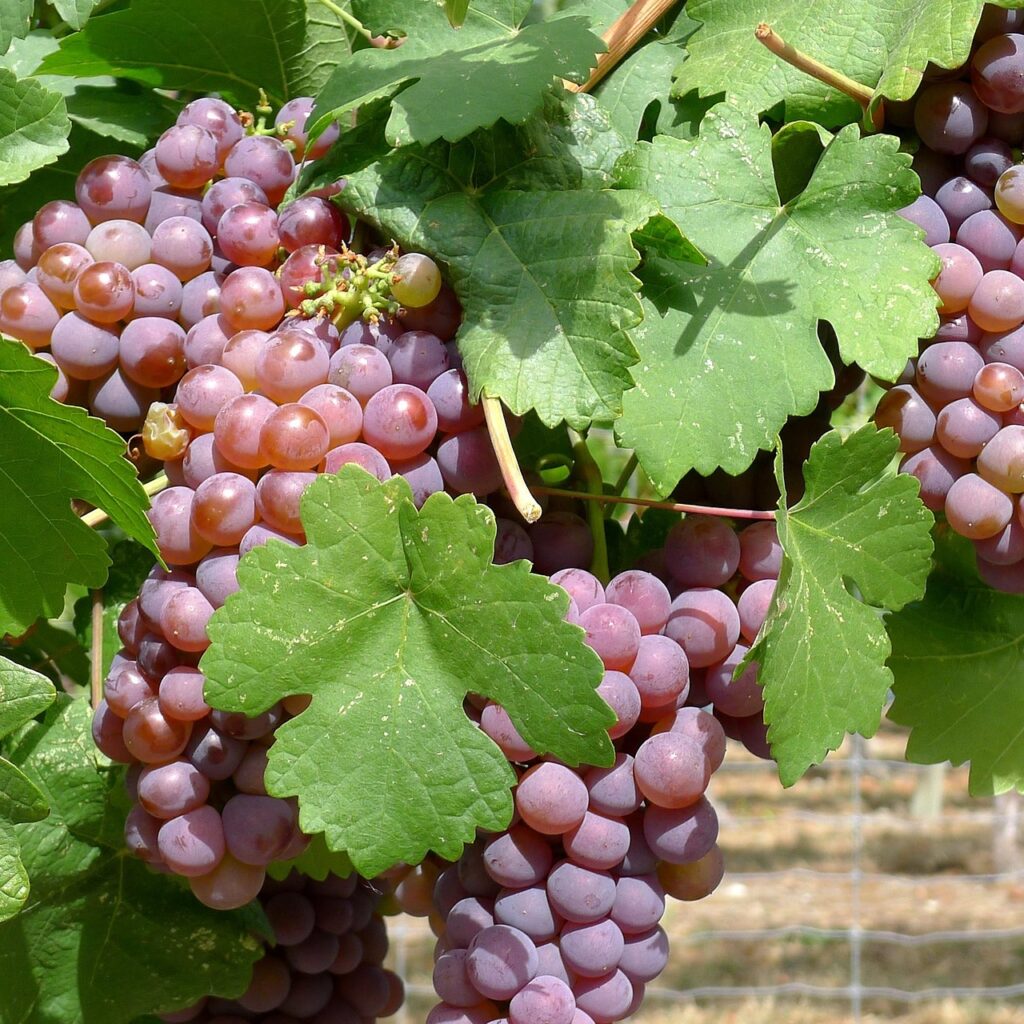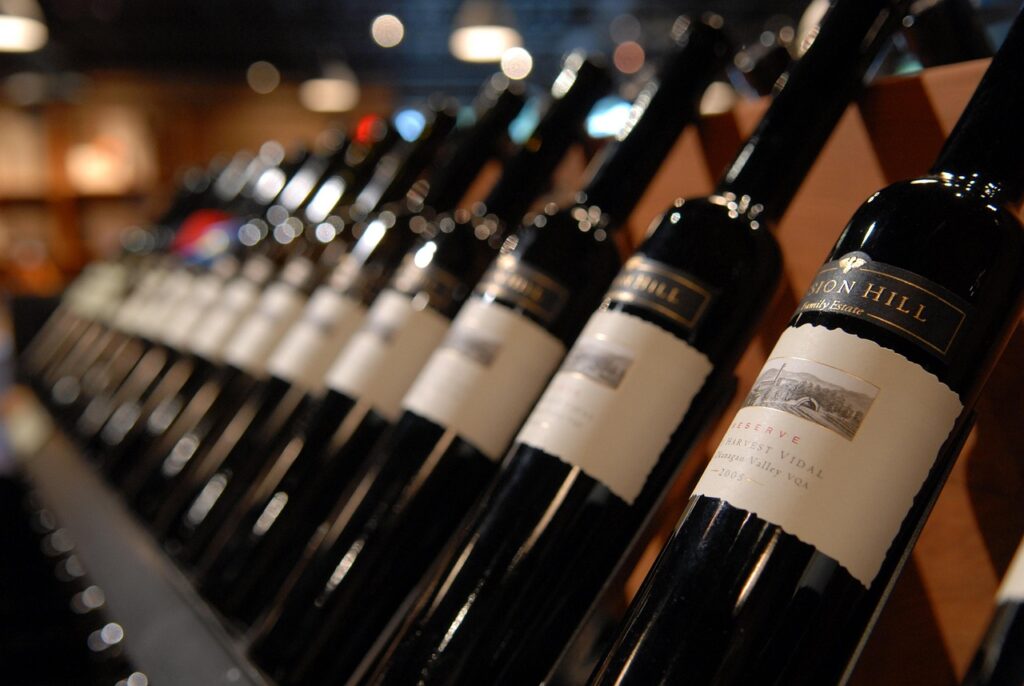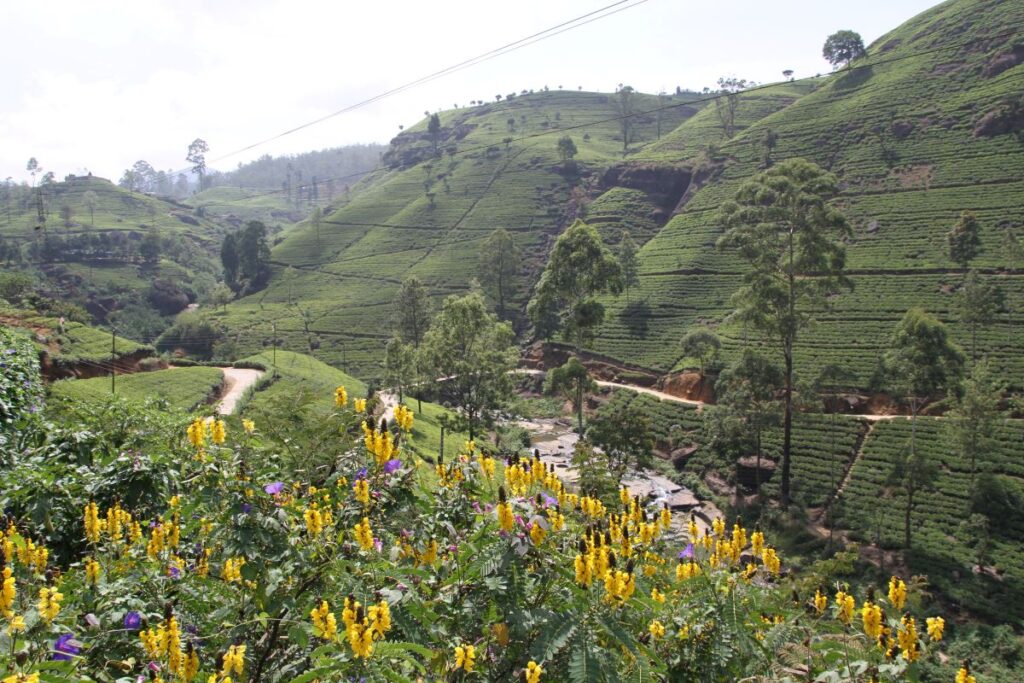Tea Meets Wine in the Okanagan

The Okanagan Valley is famous for its wine. With over 360 wineries, and some fabulous awards being earned each year, it is something to be proud of. A hidden secret, however, is that nestled in the City of Penticton, you can come across some fantastic Teas as well. At Teas and Weaves, a little Tea and Gift shop on Main Street downtown Penticton, Janicc Ponce, the owner, knows both.


“Real Tea” is something that you find plenty of in South East Asia. The above photo is of Tea fields in Sri Lanka. (The same goes for authentic Area Rugs which is the “Weaves” part of Teas and Weaves.. They are woven and cherished in countries corresponding to those that grow Tea).
In the Okanagan Valley, a fun thing to do is to pop by a number of the local wineries, taste their wines and learn about their philosophy, processes and specialties.
If you’re ever travelling through Asia, be sure to stop by some Tea plantations. You can do some tastings and learn much about the nuances and customs of tea growing, processing, preparation and consumption throughout the world.
Tea and Wine Share Many Things in Common
Why compare Tea with Wine? Well, they actually share some very similar characteristics. For example, the uninformed consumer of wine does not know (or often care) much about the wine they are drinking save that it is red… or white. And perhaps that some comes in a bottle, and some comes in a box. At the same time, there are many tea drinkers who do not know (or care) that much about the tea they are consuming except whether it is caffeinated or decaffeinated, and whether it comes in a bag or is “loose leaf”.
Once one has been wine tasting in the Okanagan Valley, one develops a great appreciation for the effort and energy that goes in to the making of a fine wine. And, through a journey of tasting experiences, one really learns to appreciate the nuances and perfection a good bottle of wine brings to the table. Tea is much the same. Until you sample the “real” thing, you might not know what it is you are missing. There are some significant differences between your regular “big box” teas, and the painstaking creation by “real” tea makers.
Types
The majority of wine consumed today comes from grapes. But there are many other types of wine out there. From cherries to blackberries to dandelions. You can make wine from almost any fruit or flower. Tea is somewhat similar. The majority of tea consumed… black, green, white.. comes from one plant. But you can make tea from just about any plant or any combinations of plants. And there are many creative teas out there today.
What differentiates one wine from another can be divided into three categories: the choice of grape variety, (pinot noir, cabernet, chardonnay, etc…), the growing conditions (sun, soil, water), and how the grapes are processed (Harvesting, Wine Making). What differentiates the tea from one another is the variety of the plant (large leaf, small leaf), where it is grown (sun, soil, elevation), and how it is processed (harvested and dried).
Plant Variety
There are a vast array of different grapes used to make wine, and each has their own attributes that contribute to the look, feel, and flavour of that wine. While far fewer, tea has different bush types as well. Some have larger, broader leaves, while other have much smaller more fragile leaves. The type of leaf can have an impact on strength and character of the resulting tea.
Growing Conditions
With wine, growing conditions for the grapes can have a significant effect on the taste and smell of the final product. Grapes grown in sandy soil with taste much different than those grown in more peaty soil. When made into wine, these differences are concentrated and therefore heightened. One of the big differentiating factors for tea is elevation. This can have a significant effect on oxygen levels, – and will therefore give the tea a stronger or more subtle taste and overall effect. Teas grown at high elevations are also less susceptible to bitterness, and to insect attacks.
Harvesting and Processing
It is widely understood that getting the timing right in terms of harvesting of the grapes is a very important to the creation of fine wine. Wine makers visit vineyards daily near harvest time – measuring sugar content to get the timing “just right”. The longer a tea leaf sits on a bush before harvesting can significantly effect the quality of the Tea as well. Older leaves run the risk of turning very bitter.


Once the grapes are harvested, the real task of wine making begins. The grapes are run through a particular process in order to acheive the desired results: wine. It may be less understood that the processing of the tea leaves is also a very important determinant of the type and flavour of the resulting tea. In tea-making, the degree of oxidation, or the tearing and “bruising” a leaf goes through, for example, is a big differentiator. Green tea leaves are not oxidized (torn or bruised) at all, whereas black tea goes through a very thorough and drawn out process of oxidization. The results are quite notable.


If you are interested in exploring some new flavours and aromas and need to take a break from the alcohol consumption, Tea is perfect remedy. Not only is is flavourful, but many teas come with health benefits as well.
Why not have a tea tasting party much like you would have a wine tasting party? Something you can do in an afternoon with some good friends. Teas and Weaves often participates in fund raising events that offer tea tastings as part of the program. It is healthy, refreshing, and can be a lot of fun learning or trying something new.
Even if you live in Kelowna or further up the valley, Penticton is a very pleasant drive on a summer afternoon. Stop by the Saturday Farmers Market and pop into the tea shop while you are there. Claire has over 100 teas on display. And the good news is that they are sold in bulk so there are NO TAXES. That savings alone is worth the trip!



